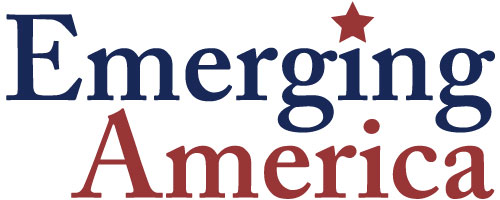ESL examples: Daily Life in Colonial Massachusetts through Primary Sources (3rd Grade)
What is our value? A look at undervalued people
Zoom-In Visual Inquiry Activity
Wendy Harris, a teacher at Metro Deaf School in St.
Immigrant Stories: Why we came, and what we brought with us
Disability History Primary Source Set
Disability History: From Almshouses to Civil Rights
UPDATED IN 2020. The following primary source set, created using materials from the Library of Congress, contains an array of sources focused on Disability History in the United States. Disability has been interwoven into America’s history since the country’s inception through letters, images, newspapers, diaries and other primary sources. The set provides a comprehensive look into a wide range of Library of Congress resources.
Question Formulation Technique (QFT)
The Question Formulation Technique (QFT) developed by the Right Question Institute is both a simple, practical teaching technique and a philosophy of learning that empowers ALL learners to discover questions for themselves.
Emerging America Lesson Design Toolkit
Keep at hand all seven items in the Emerging America Lesson Design Toolkit to support strong lesson plan development. You will also need copies of applicable academic standards and, of course, your text set, and any other support materials for the lesson. Refer to each tool to broaden choices for you and for students. The tools help make precise and clear the language in lesson objectives, instructions for assignments, rubrics, graphic organizers, and other handouts.
RAN Chart
A Tool to Help Correct Misconceptions
The point of the RAN Chart (RAN stands for "Read and Analyze Non-fiction") is for students to research and confirm or correct their ideas for themselves! (Thus the RAN Chart improves on the old "Know-Wonder-Learned / KWL" chart.)
Step 1: Draw the RAN Chart on a whiteboard or smart board, or arrange note cards or post-its on a RAN Chart template. Ideally, leave the RAN Chart up through throughout an investigation. Create categories to help categorize the important ideas and information of the topic.
Stripling Model of Inquiry
The Stripling Inquiry Model represents the inquiry process graphically to help students make sense of the inquiry process. The Library of Congress Teaching with Primary Sources program has helped to popularize the model. Find an in-depth discussion of inquiry and links to additional models and resources at Emerging America's Inquiry Strategies page.
